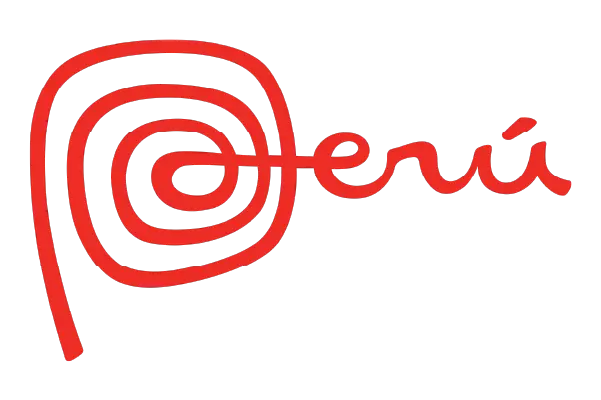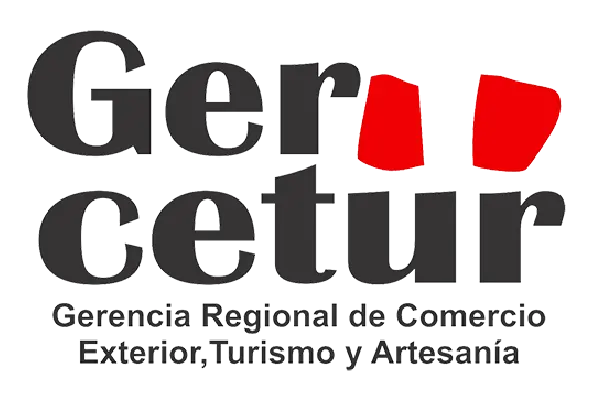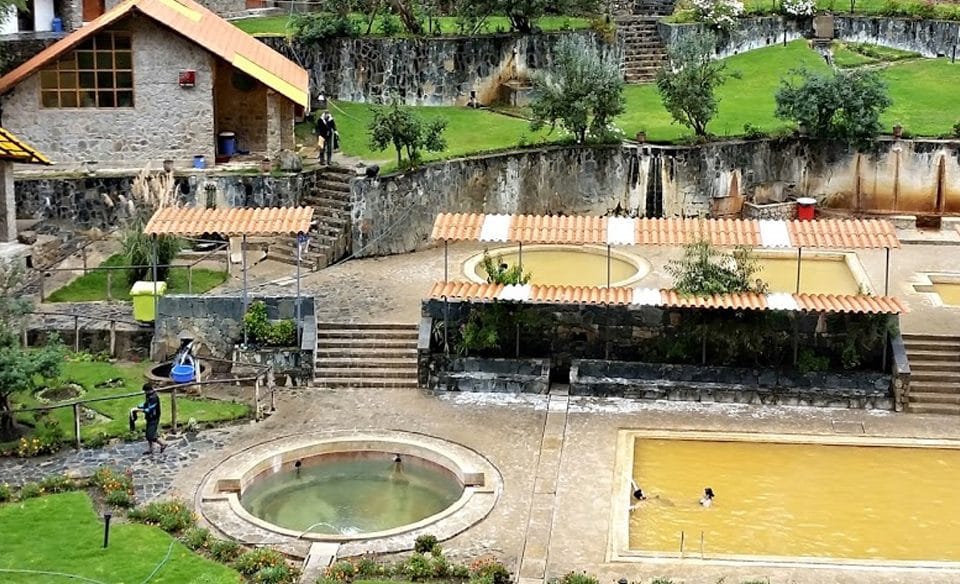SOUTH VALLEY OF CUSCO
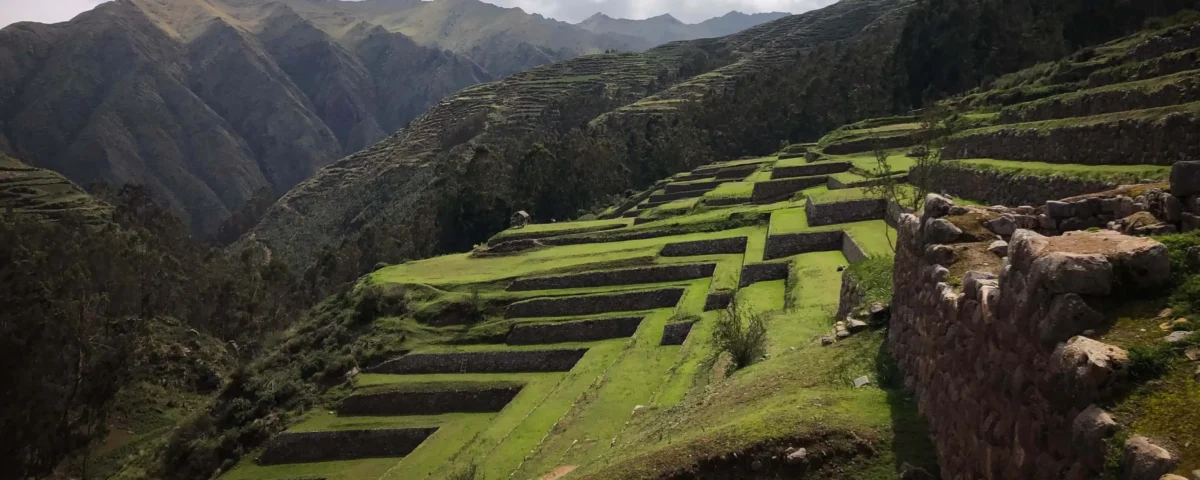
THE SOUTH VALLEY OF CUSCO
The South Valley of Cusco is one of the region’s lesser-explored yet equally fascinating tourist routes. Located approximately 45 minutes from the city of Cusco, this valley sits at an altitude ranging between 3,100 and 3,500 meters above sea level.
Its historical, cultural, and natural wealth make it an excellent option for those who want to learn more about the greatness of the Inca Empire and the colonial influences that shaped this region of Peru.
Main Tourist Destinations in the South Valley
One of the main attractions of the South Valley is Tipón, an Inca archaeological complex considered one of the best examples of pre-Hispanic hydraulic engineering.
Its agricultural terraces, with water channels still in operation, demonstrate the Incas’ advanced knowledge of water management. Additionally, the panoramic view of the valley from this site is simply breathtaking.
Another must-visit destination in the South Valley is Pikillacta, an archaeological site belonging to the Wari culture, which predated the Incas. This place stands out for its urban planning, with straight streets and stone buildings that testify to the architectural development of this civilization.
It is believed that Pikillacta was an important administrative and religious center, reinforcing its historical significance.
During the tour of the South Valley, it is also possible to visit the Church of San Pedro de Andahuaylillas, known as the “Sistine Chapel of America” due to its impressive frescoes and baroque decorations.
Built in the 17th century, this church is a clear example of the fusion between indigenous art and European influences that characterized the colonial period in Peru.
Its interior is adorned with murals from the Cusco School, gilded altars, and an ancient organ that is still in use.
Typical food
The South Valley is also an ideal destination for food lovers. Along this route, travelers can taste traditional regional dishes such as pork chicharrón, chicken soup, and baked guinea pig.
In Saylla and Huasao, two of the area’s most representative towns, visitors can enjoy these delicacies prepared with traditional recipes passed down through generations.
Another highlight of the South Valley is the town of Oropesa. Known as the birthplace of “pan chuta”, a large, uniquely flavored artisanal bread.
This product is made using ancestral techniques and baked in clay ovens, giving it an unmatched texture and aroma.
Visitors can observe the preparation process and take home a freshly baked loaf as a souvenir of their visit.
For those looking to enjoy nature, the South Valley offers spectacular landscapes with mountains, rivers, and lagoons that complement the beauty of its archaeological and colonial sites.
One of the most recommended spots for photography enthusiasts is the Huacarpay Lagoon. A wetland that is home to various bird species and is located near Pikillacta.
This ecosystem is ideal for birdwatching and enjoying the tranquility of the surroundings.
The climate in the South Valley
The climate in the South Valley is mild for most of the year. Though it is best to visit during the dry season, between April and October.
To explore this route, travelers can take organized tours from Cusco or venture out using public transportation. Though the latter may be less convenient due to irregular schedules to some destinations.
The South Valley of Cusco is a hidden gem that combines history, architecture, nature, and gastronomy in a single journey. Despite not being as popular as the Sacred Valley. This region offers a unique and enriching experience for those eager to learn more about Peru’s cultural and natural diversity.
From the impressive ruins of Tipón and Pikillacta to the majesty of the Andahuaylillas Church and the exquisite local cuisine. This destination has much to offer travelers in search of authenticity and adventure.
Without a doubt, exploring the South Valley is an opportunity to discover a lesser-known yet equally fascinating side of Cusco.
